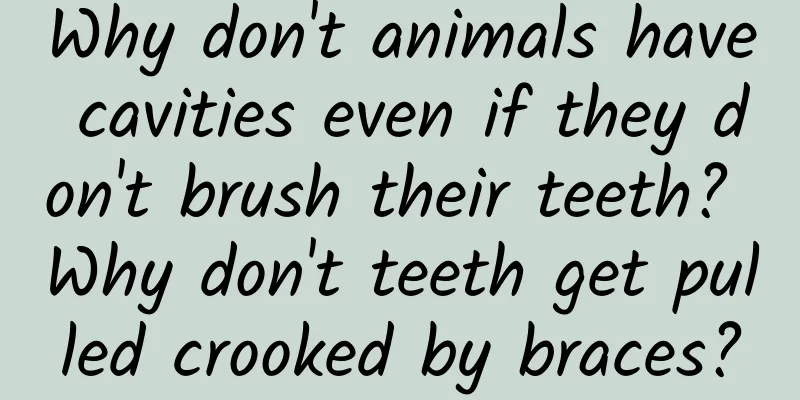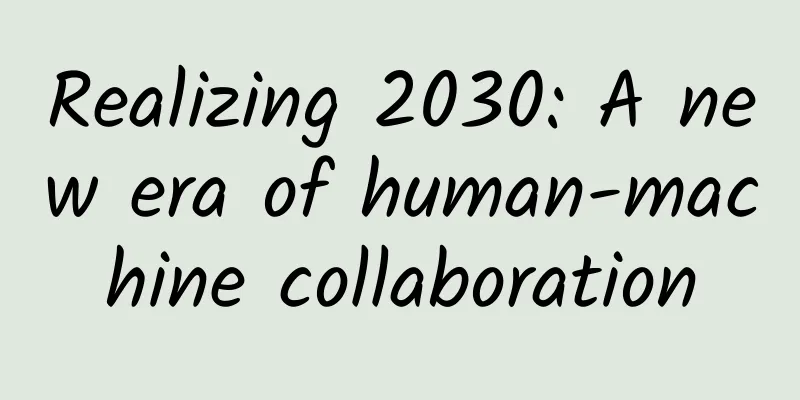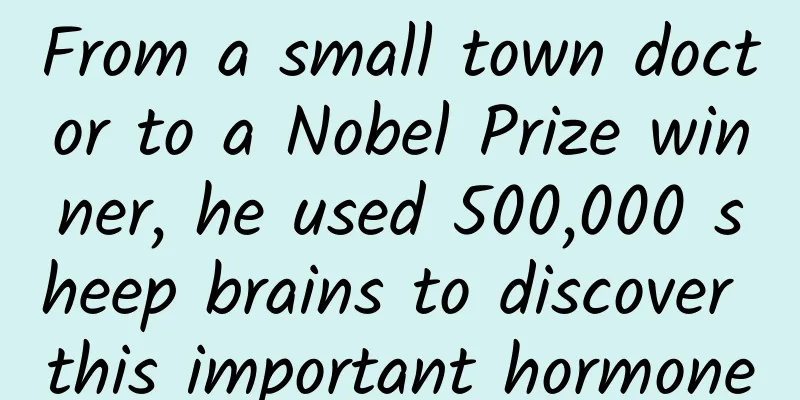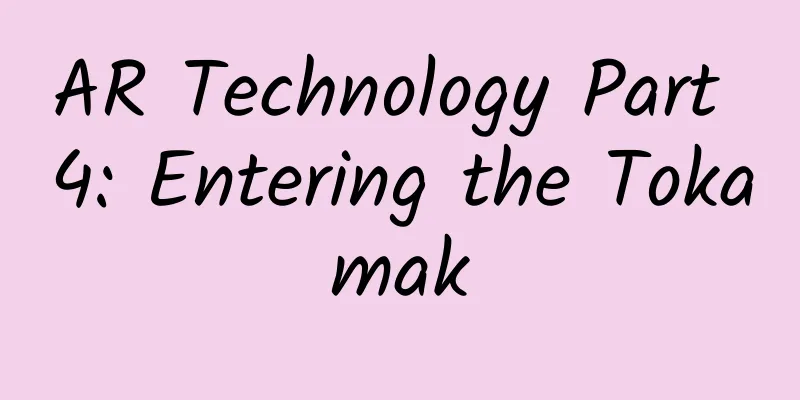Why don't animals have cavities even if they don't brush their teeth? Why don't teeth get pulled crooked by braces?

|
Before reading this article, please shut up. Let me ask you a question: How many teeth are there in a person's mouth? I give a thumbs up to those who know the answer without opening their mouths! If you really can’t think of the answer, you will be given a chance to take an open-book test and count with your mouth. A normal adult has 28-32 teeth in their mouth. Some people will grow 4 wisdom teeth, while some people will not grow any wisdom teeth. Did you get it right? Okay, second question: Do you remember how many teeth you had in your mouth before you changed your teeth at the age of five or six? If you don’t remember, just guess the answer↓ How many teeth does your child have? It is not the case that permanent teeth start to grow only after the deciduous teeth have completely fallen out. If you look at a child's dental X-ray, you will see four rows of teeth. The two rows in the middle are deciduous teeth that have not completely fallen out, and the roots of the two rows of deciduous teeth are the growing permanent teeth. Generally, permanent teeth will replace all deciduous teeth in six years, from 6 to 12 years old. Dental films of children in the tooth replacement period After the replacement, permanent teeth will accompany us until we grow old. Once these teeth have problems, it will be painful and there is no renewable way to repair them. The dental problem we are most afraid of is caries, commonly known as tooth decay. The main pathogen of caries is Streptococcus mutans, which likes to eat sugar. They convert sugar into acidic substances, corroding the enamel on the surface of the teeth and destroying the internal structure of the teeth. Why don't animals have cavities even though they don't brush their teeth? Actually, there are, but not many. The probability of animals developing tooth decay is much lower than that of humans, which has to do with two aspects: diet structure and tooth structure. In terms of dietary structure, animals in nature eat either big fish and meat or green leaves and grass. These two mainstream dietary structures are difficult to be utilized by Streptococcus mutans. Some plant fibers also have the effect of cleaning teeth. The human diet has been evolving. In the gathering era, people ate wild fruits and hunted animals. In the farming era, the staple food was basically carbohydrate crops such as wheat and rice. In the industrial revolution era, sucrose and fructose contained in processed foods were everywhere. This evolutionary direction provides a unique raw material for Streptococcus mutans, and also makes humans more prone to tooth decay. In terms of tooth structure, animals' teeth vary in shape. Crocodiles' teeth are serrated, so food is not easily left behind. Sharks have double rows of teeth, and they can replace tens of thousands of teeth in their lifetime. Tigers and cats' tongues have their own cleaning function. And the giant panda's tooth enamel even has a self-repairing function. It really crushes them! The structure of human teeth also has to start with evolution. From the fossils of ancient humans, we can find that our ancestors are indeed somewhat related to chimpanzees, and their mouths are bulging outwards. With the development of the brain and changes in eating habits, human teeth "shrink" backwards, which also causes teeth to become more crowded, and even wisdom teeth have no place to grow. Crowded teeth have more gaps and dead corners that cannot be cleaned, which then become a breeding ground for bacteria. Therefore, the prevention of tooth decay can also start from the two aspects of eating habits and tooth structure, eat less high-sugar foods, brush your teeth frequently, and use dental floss and other tools to clean the gaps between teeth. According to the American Dental Museum, the world's first toothbrush was invented by the Chinese Emperor Ming Xiaozong in 1498, which shows that our compatriots have paid attention to oral hygiene very early. How are teeth moved? In life, we often see people wearing braces, and their teeth are not pulled crooked by the wires, but become more straight. Why is this? You may not know that our teeth grow on a kind of bone that can be "shaped" - the alveolar bone. The alveolar bone has no bone marrow and relies on the gums and periodontal membrane for nutrition. When the gums age, the alveolar bone will shrink and lose bone, causing the teeth to loosen and fall out. Therefore, the teeth of the elderly are more likely to fall out because the atrophied alveolar bone can no longer support the force required for chewing. Periodontal ligament cells are the key to the "shaping" of alveolar bone. They are usually only 0.5mm, but contain osteoblasts and osteoclasts. When the teeth are pulled by the wire, the periodontal ligaments on both sides will undergo different changes. When the wire is pulled to the right, the periodontal ligament on the right side of the tooth will be under pressure, causing osteoclasts to come out to work. Osteoclasts are rich in lysosomes and mitochondria, which can secrete acidic substances and gradually absorb the right alveolar bone, so that the teeth will quietly move to the right. But wouldn't the gap on the left become bigger? The periodontal ligament cells on the left side that are under tension also have a way to deal with it. They send out osteoblasts to synthesize collagen, promote calcification of bone tissue, and form new bone. In this way, the teeth are still stable after being moved! It takes about a month to form stable bone, so patients wearing braces need to go to the hospital for a follow-up visit every month. Osteoblasts and osteoclasts work together to make the alveolar bone the most changeable part of the whole body, and it is "shaped" under the action of pressure. However, tooth enamel, as the strongest part of the human body, often cannot resist the erosion of bacteria over time. This is probably the wisdom of using softness to overcome hardness. About the author: Liu Jin Moli, special contributor, graduated from Beijing Normal University. |
<<: Snap! Not Whoosh! The super function of Perseverance's super camera
>>: I always feel like I'm going to be "yang", what should I do?
Recommend
How much does it cost to rent a server from a gaming company? How much bandwidth does a gaming server require?
The game market is so hot that it is difficult to...
Drones are just beginning to rewrite the rules of warfare, but their nemesis may have emerged
Drones have in fact changed the "rules of th...
An inventory of the best value-for-money headphones at the end of the year: Which would you choose, WF-SP800N or Powerbeats Pro?
In recent years, "true wireless" headph...
Allegedly able to change human DNA, how toxic is Skittles ingredient titanium dioxide?
Recently, the news that "Mars Skittles are a...
WeChat 7.0.13.20 internal testing, new important function of scanning QR code
In the last few versions, WeChat has updated our ...
100-Hour Rule
[[157983]] You may have heard of the 10,000-hour ...
New Media Writing Guide, the secret to writing articles with over 100,000 views!
Writing is not a sudden burst of inspiration; the...
6 core skills for operating Toutiao accounts!
There is a surprising set of data. In 2018, the p...
Chinese research team has made breakthroughs in intelligent oxygen production technology on Mars. Human migration to Mars is no longer a dream!
On the 14th, the team of Professors Luo Yi, Jiang...
Apple, Tencent, Alibaba, and Baidu are involved in the mobile AR Warring States period. Who will be the winner in the end?
Zuckerberg once said, "We are building the c...
Why is AIDS so difficult to treat? How significant is it that a female AIDS survivor has emerged?
In our understanding, AIDS is difficult to cure. ...
The mother sent her daughter to the wrong examination center for the college entrance examination and burst into tears on the spot, but finally arrived at the correct examination room at around 8:40 and almost caused a disaster
Today, I posted about a mother who sent her daugh...
Laofan Research Institute Third Course Courseware 2022
Introduction to the resources of the third course...
Cold, cold! The temperature dropped sharply by nearly 16 degrees Celsius! A new cold front is arriving, and these places will have heavy snowfall
On December 1st, most parts of the country were s...
A man's eyes were burned while clearing the toilet. Be careful when using pipe cleaners!
Mr. Yu from Zhejiang Province was cleaning the to...









